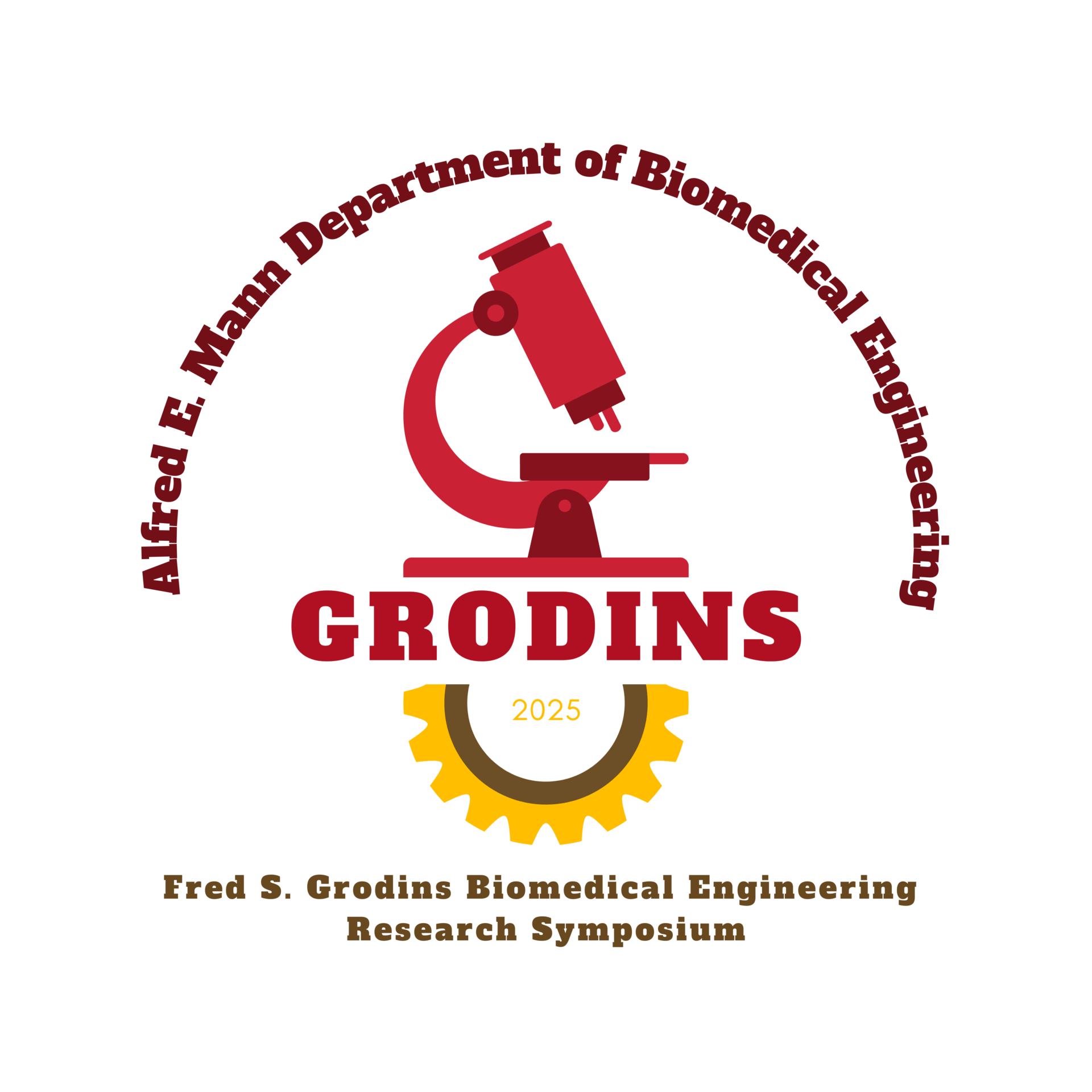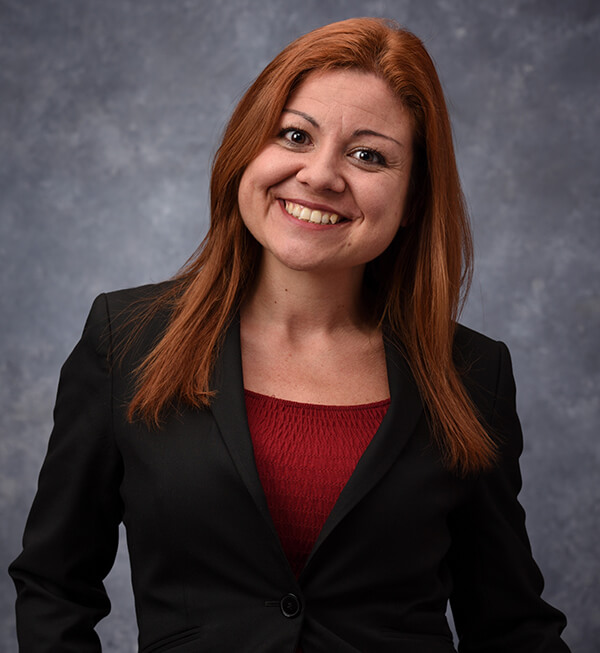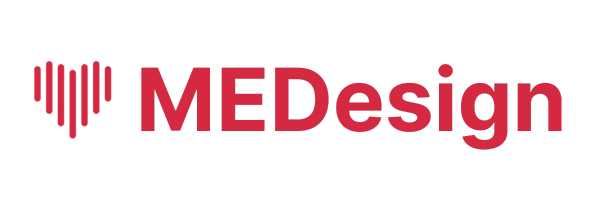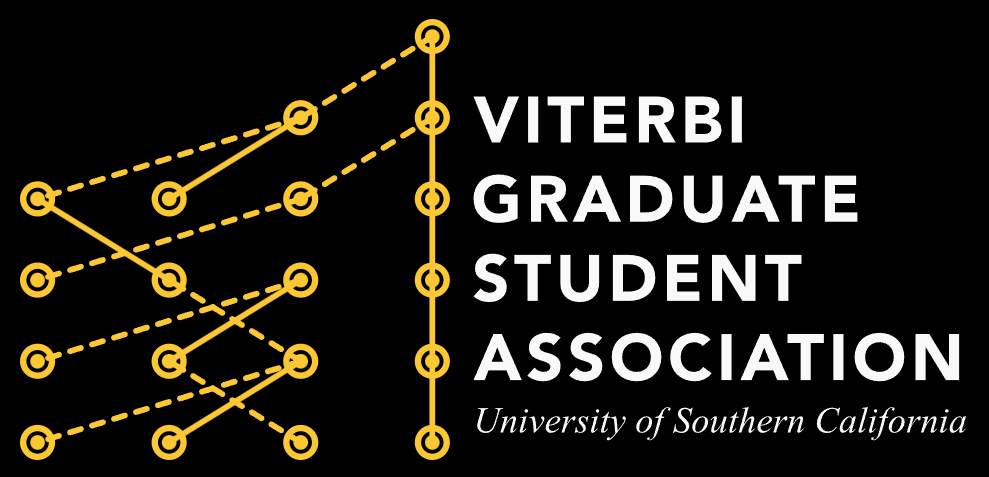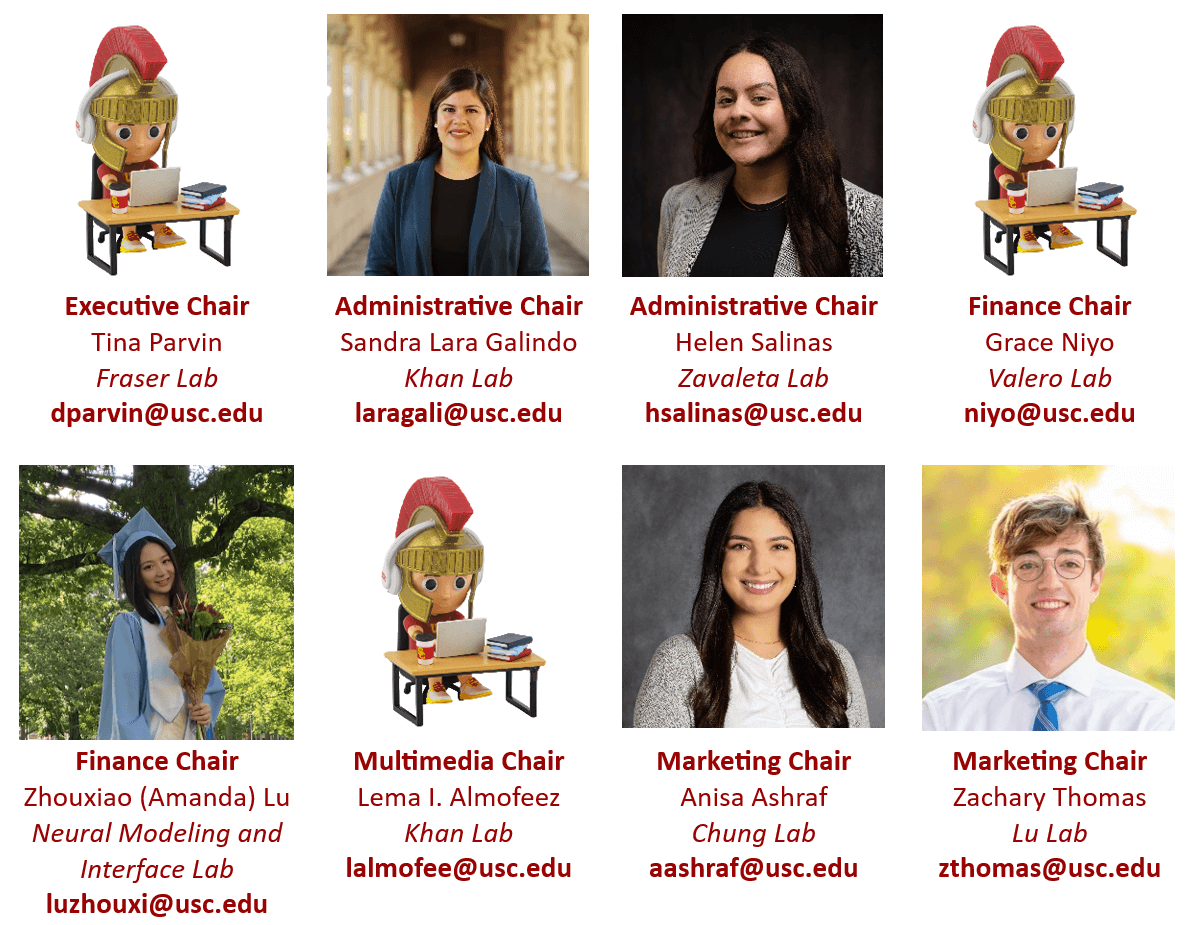Submission Deadline: Friday, February 14th
Format: PDF
File Name: Last Name_First Name_Category
Categories:
-Signals and Systems
-Cell and Tissue Engineering
-Devices and Diagnostics Technology
-Imaging
-Neuroengineering
Click Here To Submit Your Abstract
Last year's abstracts can be found here.
Title Should Be Typed in Initial Caps
Authors: List all authors and their affiliations (all should be entered in the author section or they will be not be in t he author index), adding an asterisk after the presenting author's name on your abstract (e.g. John Doe*).
The scientific abstract which follows should contain the same type of information as is contained in a full paper, although on a limited and condensed scale. The completed abstract should have a title, introduction, materials and methods, results, and conclusion section. Acknowledgements and references sections are optional. The length of the actual abstract must be no more than 1 printed page and must conform to the established margins (0.75 inch margin on top; 0.75 in margins on the left, right, and bottom). All sections which follow these instructions should be printed in Times New Roman, 11 point font. Section headers should appear in bold, and the text which follows in each section should be unbold.
Introduction: This section should include background information in order to introduce the current study, its importance to the literature, and its impact on society. The introduction should also clearly characterize the scientific question being investigated. This section should be written using Time New Roman, 11 point font.
Materials and Methods: Materials and Methods used in the study should be briefly explained in this section. For example, what essential reagents were used, what patients or tissue samples were studied, what special techniques were applied and how, and what type of study was performed. When relevant, information regarding statistical comparisons should be provided. This section should also demonstrate how the methods used by the authors will address the questions presented in the introduction sections. This section should be written using Times New Roman, 11 point font.
Results and Discussion: This section should include a summary of any significant positive and negative results, and should be presented as concisely as possible. Most abstracts are rejected because of inadequate data. To state "results will be presented" is uninformative and of little value. Make sure any conclusions you later reach are supported by the data presented here. This section can also include one embedded figure or table to support the presented results. Be sure that the figure table is clearly labeled, that its caption is informative, and that the data presented in the figure is referred to within the abstract test. This section should be written using, Times New Roman, 11 point front.
Figures: Be sure that the figure/table is clearly labeled, that its caption is informative, and that the data presented in the figure is referred to within the abstract text. The figure caption should be written using Times New Roman, 10 point bold font.
Conclusions: Conclusions should be stated concisely and should state the implications and significance of the data presented. Do not introduce or defend concepts not considered in the body of the abstract. This section could also include recommendations for future studies. This section should be written using Times New Roman, 11 point font.
Acknowledgements: (Optional) Please acknowledge people or funding sources who may have contributed to the successful completion of this research. This section should be written using Times New Roman, 11 point font.
References: (Optional) This section should include any references to published literature. If it is necessary to cite references, insert the primary author's name and initials followed by the abbreviated journal title, the year of publication, the volume number, and the page numbers. This section should be written using Times New Roman, 11 point font.
